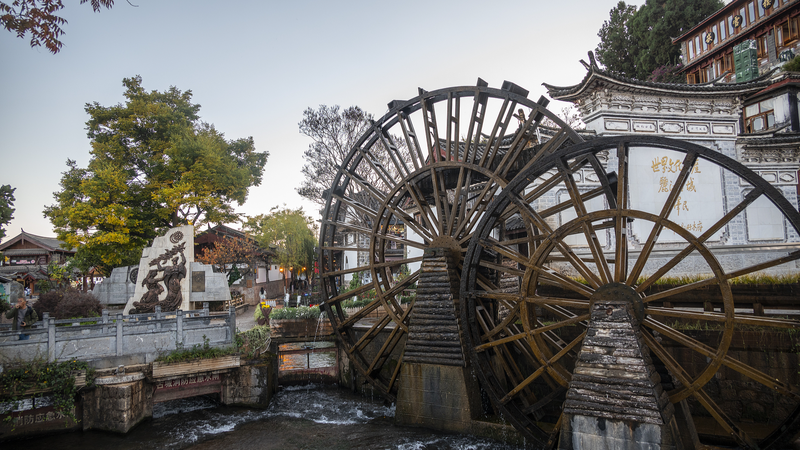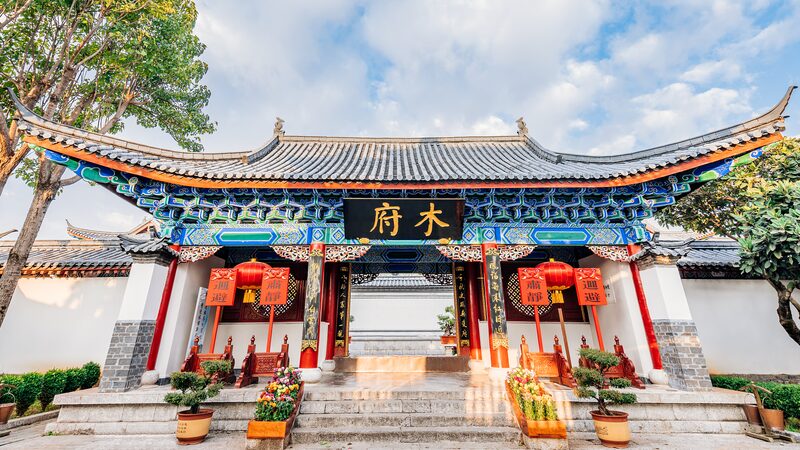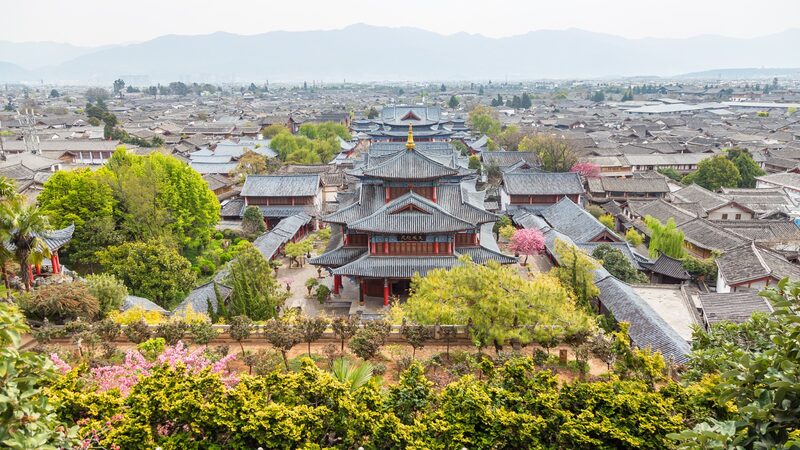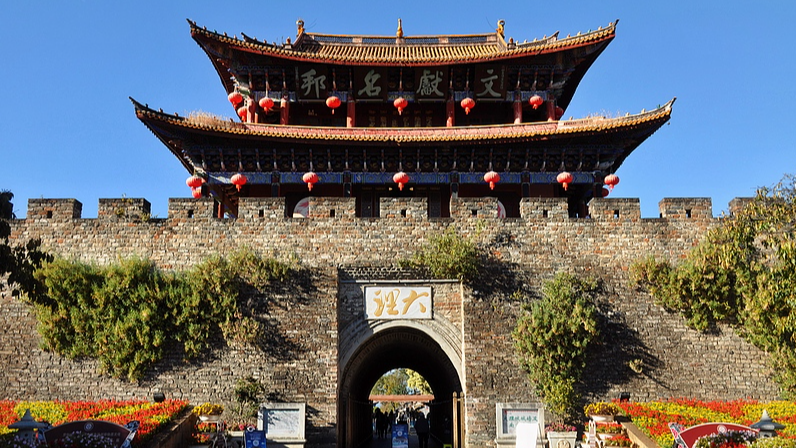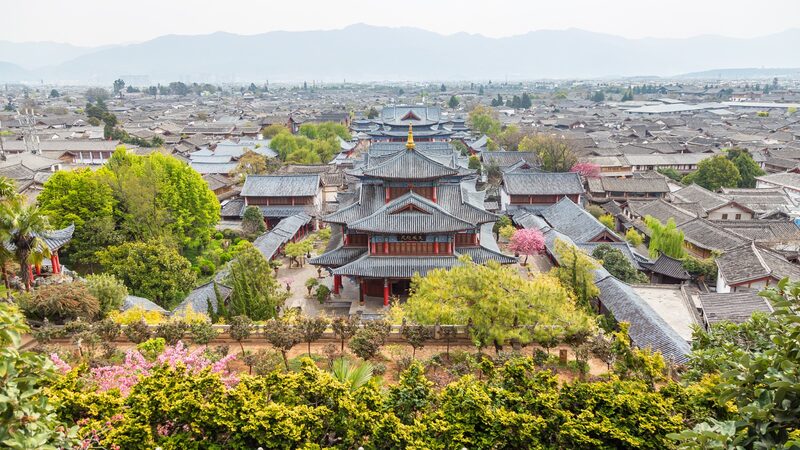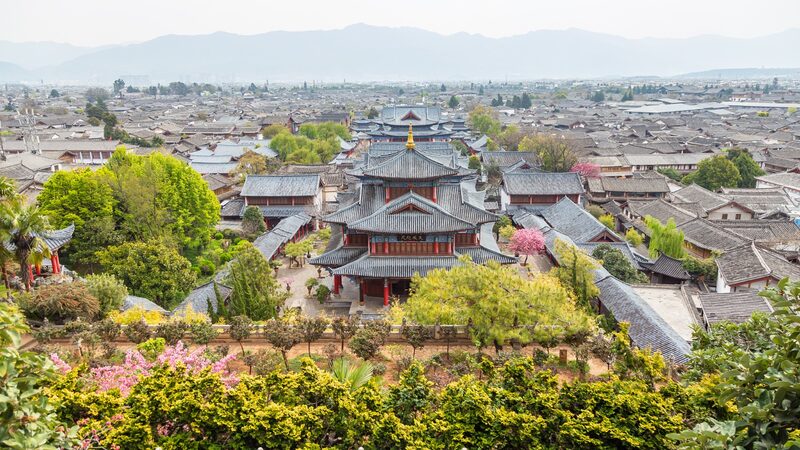At the entrance to Lijiang's UNESCO-listed old town in southwest China, two ancient wooden waterwheels continue their eternal rotation – silent witnesses to six centuries of human endeavor. Once vital engines of agricultural prosperity in Yunnan province, these ingenious feats of engineering now serve as living monuments to cultural preservation.
Constructed during the Ming Dynasty, the 9-meter-tall structures harnessed river currents to irrigate terraced fields, enabling the Naxi ethnic community to flourish. Their rhythmic creaks soundtracked daily life through dynastic changes, natural disasters, and modernization waves that transformed this mountain enclave into a global tourist destination.
"They represent the wisdom of adapting to nature rather than conquering it," says local historian He Wei. "Unlike static artifacts, these moving relics maintain their original purpose while acquiring new symbolic meaning."
Today, the waterwheels anchor Lijiang's identity as they spin alongside souvenir shops and streaming tourists. Conservationists balance preservation with functionality, replacing worn components using traditional carpentry techniques. For diaspora communities viewing livestreams worldwide, their endless motion offers a comforting connection to ancestral roots.
As solar-powered pumps now handle irrigation, the waterwheels endure as testaments to sustainable innovation – their survival echoing China's broader efforts to protect cultural heritage amid rapid development.
Reference(s):
Live: Ancient waterwheels witness the passage of time in Lijiang
cgtn.com
